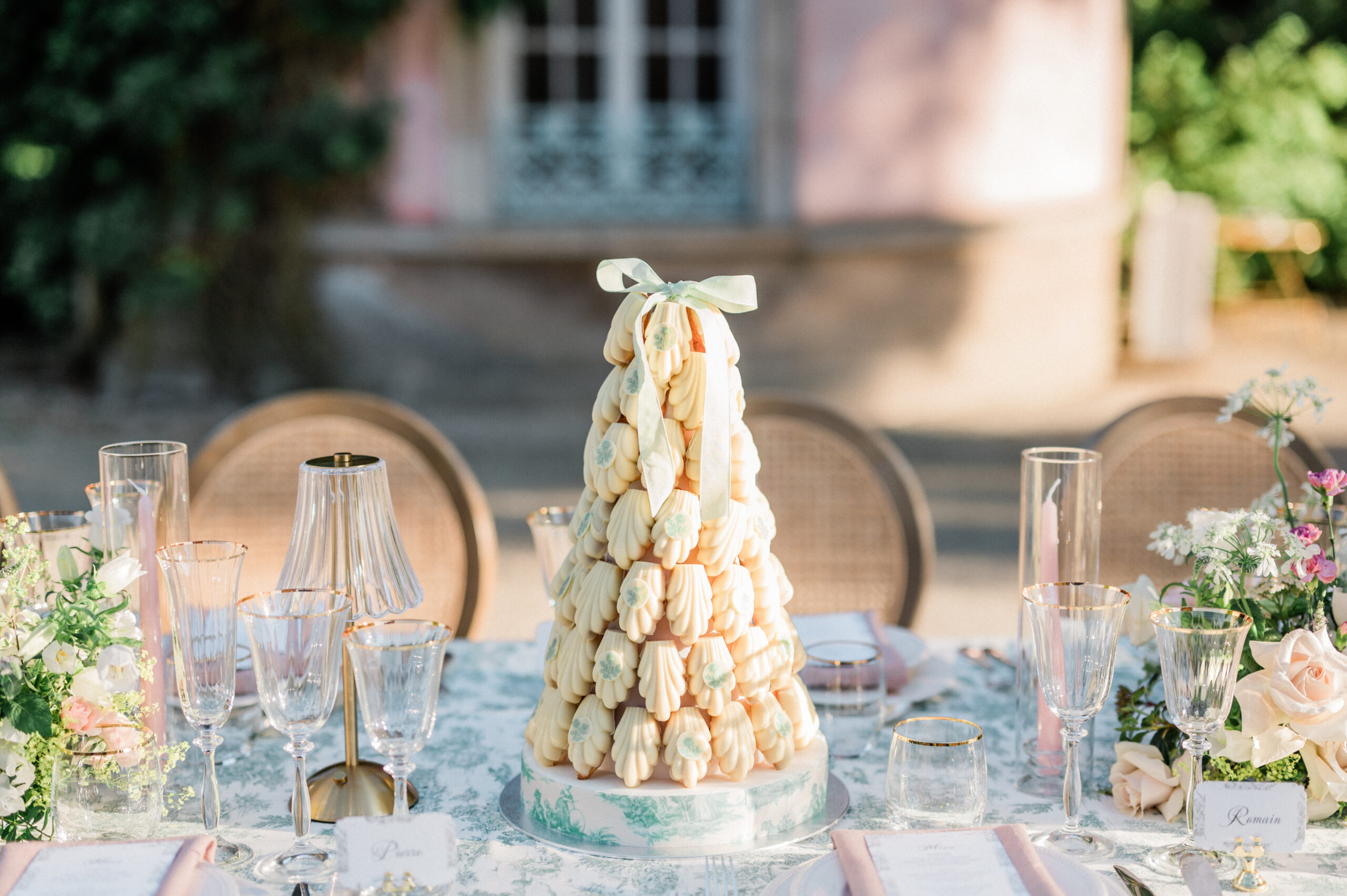When it comes to selecting the right type of bridesmaid dress fabric for your dresses. There are several things you need to take into consideration. You need to know what the wedding theme is. What colors are being used, and how formal or casual the event will be.
What fabric should my bridesmaid dresses be?
To pick out fabrics that will match the wedding theme. You should consult with the person in charge of designing it. Kennedy Blue bridesmaid dresses is an online store which you can shop by bridesmaid dress fabric easily and you will find the best for your girls.

Should bridesmaid dresses be all the same fabric?
Conversely, if you are planning to design the bridesmaid dresses yourself, then the main focus should be on choosing a bridesmaid dress fabric that is different from what you’ve used in your wedding dress. While it would be ideal to have all bridesmaid dresses made from the same fabric. It might prove difficult to find one that fits every member of the wedding party. For this reason, it is better to choose a different fabric for each dress and select one that compliments the wedding theme, but at the same time, stands out.
Is satin or chiffon better for bridesmaid dress fabric?
Satin is a type of fabric that has a glossy sheen to it. It is often made of synthetic fibers, but can also be found in cotton, silk, and polyester fabrics. Satin comes in various weights with the lightest ones typically used for linings or unlined garments. While heavier ones are best suited for evening wear. Examples include prom dresses and holiday party dresses.
What is the best fabric for bridesmaid dresses in the hot summer?
Chiffon is a type of bridesmaid dress fabric that is generally sheer and lightweight. It is often made of silk or rayon, but can also be found in polyester and cotton mixes. Chiffon fabrics are perfect for casual summer dresses and beach cover-ups since they flow very nicely with the breeze. They can also be used for making formal evening wear such as homecoming dresses and bridesmaid dresses.
Satin is very easy to care for because it can be machine washed, but must be hung out to dry. It is also wrinkle-resistant, which makes steaming easier when needed. On the other hand, chiffon needs to be cared for by dry cleaning only since it cannot withstand harsh chemicals or heat. It is also more expensive to produce than satin but is extremely elegant.
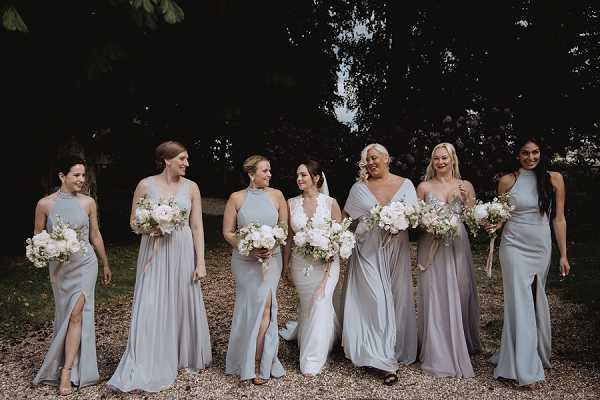
What is the difference between taffeta and organza?
Taffeta is a type of fabric that has a distinctively crisp feel to it and can be found in either silk or polyester varieties. It typically has a matte finish with the softer types being used for vestments, religious garments, or soft furnishings. Taffeta is not considered to be a highly versatile bridesmaid dress fabric since its thickness can make it difficult to work with.
What is the lightest material for bridesmaid dresses?
Organza is an open weave fabric that has a crisp texture and comes in either silk or polyester varieties. It is often made into scarves, veils, headbands for bridal wear, but can also be used for casual clothes. Organza is quite similar to chiffon fabrics in that it is sheer, lightweight, and breezy. However, organza does not need to be dry cleaned since it can easily be hand washed with mild soap and water.
Taffeta can wrinkle more easily than satin, chiffon, tussah silk, or shantung, but it is also easier to remove wrinkles than other fabrics. Organza should be steamed first before wearing since it can cling to the body when wet. However, once it has air dried, the folds will disappear automatically.

happy group of people toasting with champagne. hands holding glasses of champagne and clinking. bride bridesmaids and groom groomsmen having fun. holiday celebration. christmas feast
What is the difference between chiffon and organza fabric?
Chiffon and Organza are both beautiful fabrics that offer distinct characteristics for various applications. Organza, available in silk or polyester, features an open weave construction that gives it a crisp texture. It is often used for scarves, veils, headbands, and bridal wear, but can also be incorporated into casual clothing. Similar to chiffon, organza is sheer, lightweight, and creates a breezy effect.One key difference between organza and chiffon is the care required.
Organza can be hand washed with mild soap and water, eliminating the need for dry cleaning. However, it’s important to steam organza before wearing, as it may cling to the body when damp. Once air-dried, the fabric will regain its smoothness, and any folds will disappear naturally. Taffeta, on the other hand, has a distinct crisp feel and comes in silk or polyester variations. With a matte finish, it is often used for vestments, religious garments, and soft furnishings. While taffeta is not as versatile as other fabrics due to its thickness, it is easier to remove wrinkles from taffeta compared to fabrics like satin, chiffon, tussah silk, or shantung.
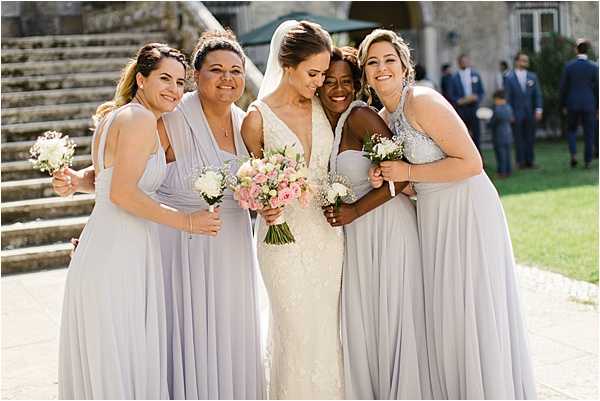
Does Chiffon Wrinkle easily?
Chiffon, with its lightweight and delicate nature, has a tendency to wrinkle more easily, requiring careful handling and steaming to maintain its ethereal and wrinkle-free charm for a flawless bridesmaid ensemble.
In summary, organza and chiffon are similar in their sheer, lightweight nature, making them ideal for creating delicate and airy looks. Organza offers a crisp texture and is suitable for various garments and accessories. On the other hand, taffeta provides a distinct crispness but is primarily utilized in specific applications due to its thickness. Understanding these differences can help you make an informed decision when selecting the right fabric for your desired style and purpose.
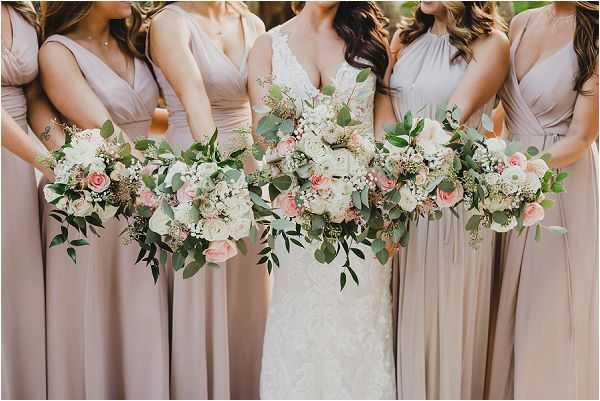
What is the difference between Tussah Silk vs Shantung?
Tussah silk is a type of fabric that has a distinctively rustic look but comes in only natural colors. It is often made from either moths or cocoons and can be found in both crepe and satin varieties. Good examples include wedding gowns for women and evening dresses.
Shantung is another naturally dyed fabric that comes in plain or twill varieties. While it often has silk, cotton, or rayon composition, the fabric is often very stiff due to its thick weave. Shantung can be used for both formal and casual clothing with good examples being prom dresses, cocktail dresses, and bridesmaid dresses.
Is silk a good material for a wedding dress?
Tussah silk fabrics are very easy to care for since they are machine washable but must be hung to dry to prevent wrinkling. Shading can occur if the fabric is not stretched evenly when hanging it out to dry. Causing light areas of the fabric to appear lighter and vice versa. Shantung needs to be treated with utmost care since the fabric is stiff and has a tendency to snag or tear more easily.
Wearing a silk bridesmaid dress not only exudes a sense of refined style but also ensures utmost comfort and an unforgettable presence at the wedding.

Which is better bridesmaid dress fabric, taffeta or satin?
Satin is a highly versatile fabric that has a lustrous sheen and comes in both dress and upholstery weights depending on the type of use intended. It can be found in silk, polyester, and acetate varieties with good examples including bridal gowns, celebrity dresses, and prom dresses.
Taffeta is a very crisp bridesmaid dress fabric whose shine comes from its silk composition. It can come in a variety of thicknesses but is usually found in crepe and satin varieties. Taffeta tends to be less versatile than satin since it is extremely hard to work with, which can lead to wrinkling and tearing.
Is satin a good material for bridesmaid dresses?
Satin is a low-maintenance fabric since it can be machine washed and dried, though it must be hung to prevent wrinkling. Taffeta requires dry cleaning since it cannot withstand harsh chemicals or heat. It is also more expensive to produce than satin but is extremely elegant.

Does Satin Wrinkle easily?
Satin, known for its smooth and glossy surface, is a bridesmaid dress fabric that is remarkably resistant to wrinkling, allowing you to enjoy a flawless and pristine appearance throughout the wedding festivities.
What is the coolest most breathable fabric?
Cotton bridesmaid dresses are gaining popularity for their comfort, versatility, and timeless appeal. The natural fibers of cotton make these dresses breathable and comfortable, ensuring that bridesmaids stay cool throughout the wedding day. Cotton can be crafted into various styles, from classic to modern, and its soft and pliable nature allows for elegant draping and pleating. The fabric’s matte appearance exudes simplicity and sophistication, complementing any wedding theme or color scheme. Cotton is low-maintenance, as most dresses can be machine washed and are less prone to wrinkling.
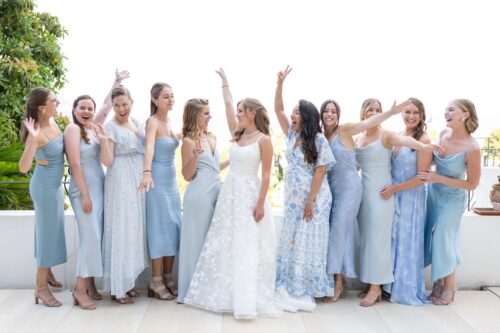
Conclusion
Whether it’s an outdoor summer wedding or a relaxed beach ceremony, cotton bridesmaid dresses offer unparalleled comfort, ease of care, and a sense of effortless elegance. Bridesmaids will feel at ease while creating beautiful memories alongside the bride on her special day.
With the advent of online shopping, selecting bridesmaid dresses has never been easier. The best way to choose is to look through photos of wedding dresses with the bridesmaid dress fabric you are most interested in. From there, it is fairly simple to determine which type of organza, taffeta, tussah silk or satin bridesmaid dresses you want.





